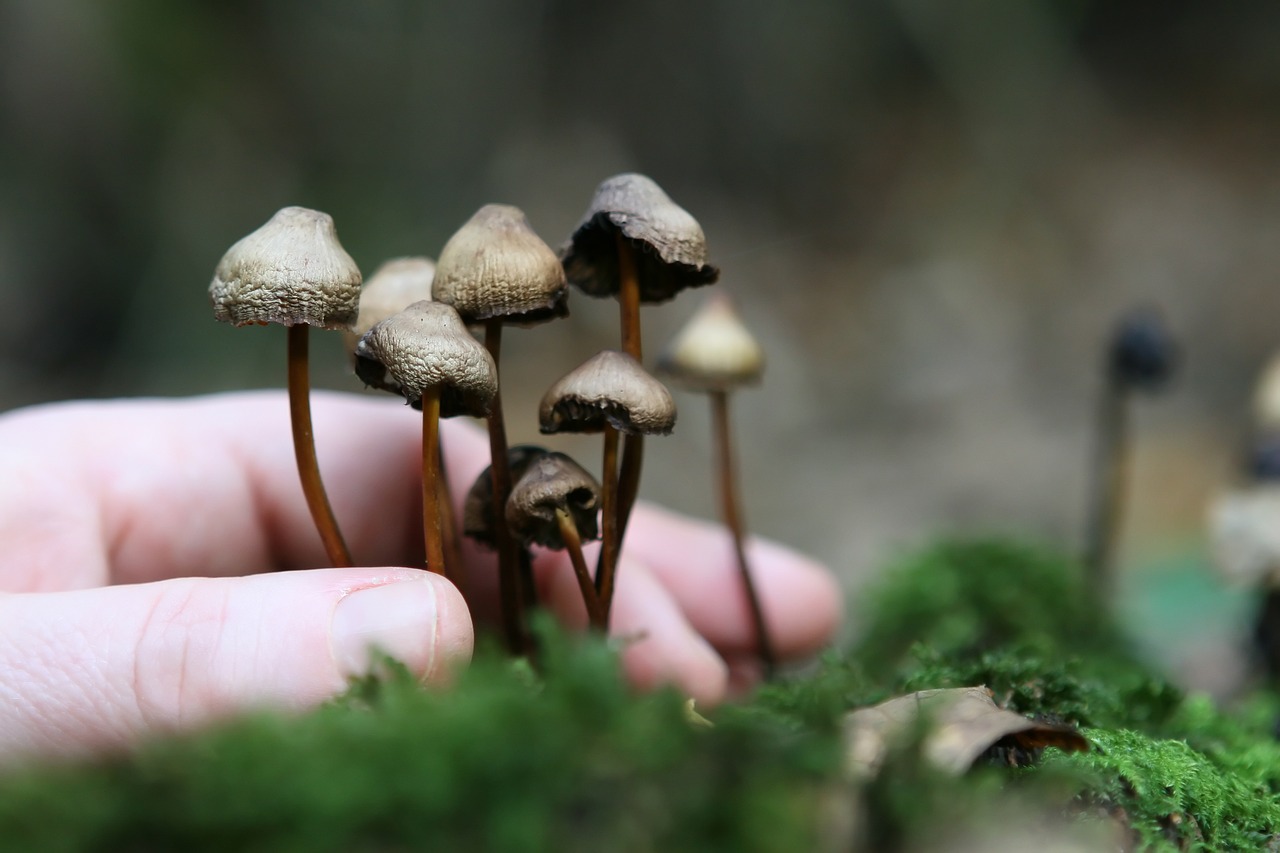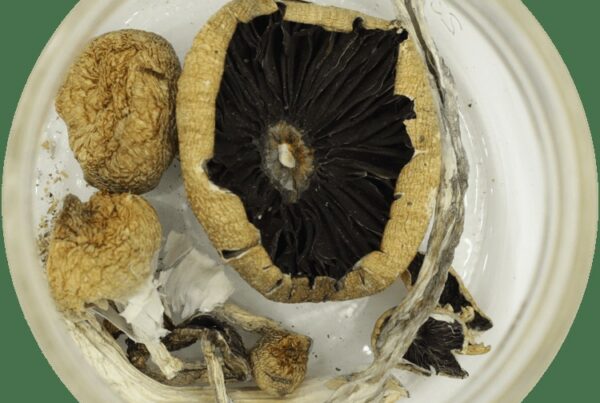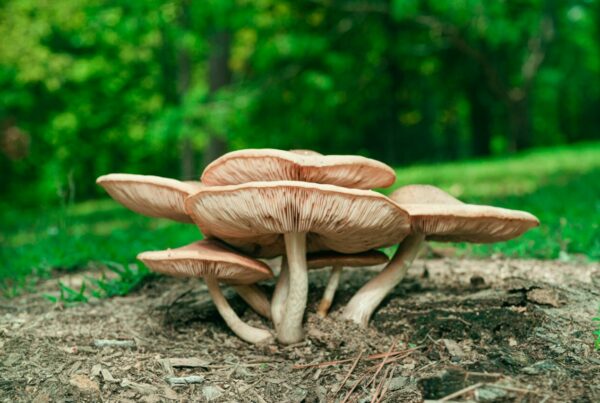Deciphering Mycelium
Mycelium, the root network of fungi, essentially acts as the digestive system for mushrooms. It scavenges nutrients, converts them into a form that the fungus can intake, and thereby nourishes the fungus. The residual of this process enriches the neighboring soil, supplying essential nutrients to other plants and creating a nutrient-rich biomass that is an excellent mulch for gardening.
Beyond their role in mushroom development, mycelium networks are crucial to the health and growth of numerous terrestrial plants, including trees. For example, tree roots engage in a mutually beneficial exchange with fungi: the tree offers the fungus carbon in the form of sugars, and reciprocally, the fungus provides the tree with vital minerals such as nitrogen and phosphorus. Learn more about this symbiosis here.
Fascinatingly, mycelium networks function as an underground communication system among plants, akin to the neural networks in our brains. Recent scientific studies imply that plants and trees might have primitive nervous systems that fungi could potentially influence, impacting processes like communication, memory, and learning. Furthermore, mycelium contributes to soil health by decomposing decaying organic matter and detoxifying any existing pollutants.
If you’re intrigued by the idea of cultivating magic mushrooms, grasping the growth of mycelium is essential. While the cultivation process might seem daunting for beginners, acquiring knowledge about mycelium is a vital initial step. Even though buying mushrooms from Magic Mushroom Delivery Canada online is always feasible, understanding mycelium can enrich your cultivation experience.
Mycelium’s Growth Journey
When fungal spores stumble upon a growth-friendly environment, they kick-start the development of two types of mycelium. The first type, termed as primary or monokaryotic mycelium, is identified by a single nucleus in each cell and is usually invisible to the naked eye. The second type, known as secondary or dikaryotic mycelium, is visible and contains two nuclei in each cell.
During the germination process, fungal spores form what is known as a monokaryotic mycelium, the primary form of mycelium. When this primary mycelium encounters another compatible form, they can fuse together to create a secondary form, the dikaryotic mycelium. This second stage is the one capable of producing mushrooms or sclerotia.
Mycelia Categories
Mycelia can be categorized into three types, two of which signal successful cultivation.
- Rhizomorphic mycelia extend outwards like strings. These are easily recognizable and are made up of components called hyphae. The network of grouped hyphae is known as rhizomorphs. Rhizomorphic mycelia spread first and then relay chemical signals back to the colony indicating that the area ahead is suitable for nutrient provision. The rest of the mycelia then follow. The hyphae at the tip of the rhizomorphic mycelia release peroxidase, which breaks down the material in front of it for food. The hyphae then spread over the material, distributing the nutrients throughout the colony. Many cultivators prefer this type of mycelia because it enhances the probability of mushroom production as the Rhizomorphic mycelia emerge from the substrate.
- Tomentose or “Fluffy” mycelia are quite similar to Rhizomorphic mycelia, except for their unique strand arrangement. Although the strands might not be immediately observable, they do exist and are grouped together, giving a cotton-ball-like appearance. The development of your mycelia into either tomentose or rhizomorphic forms is largely influenced by the growing environment. Among cultivators, there are debates about whether the type of mycelia affects the growth rate or the yield.
- Aerial mycelia are produced under less than ideal growing conditions. In such cases, the mycelia tend to grow outward instead of spreading across the medium or forming a ball. Often mistaken for bacterial infection, this mycelia type can interfere with your mushroom cultivation, leading to smaller, weaker mushrooms. Aerial mycelia typically occur due to inadequate fresh air exchange and excessive humidity.
Is it Mould or Mycelium?
It’s vital to distinguish between mould and mycelium. If you observe green, blue, grey, or black spots on or in your fruiting box, it’s probable that your culture is contaminated. Discoloration is the primary clue. However, blue spots could just be bruises.
Cobweb moulds are usually quite noticeable. Instead of the bright
The white part of Mycelium often displays a greyish tint and is characterized by a stringy and fluffy texture. Although cobweb moulds and green moulds pose no threat to human health, they can adversely impact the wellbeing of your mushrooms.
Magic Mushroom Delivery Canada: Your Trusted Resource for All Things Mushroom
When it comes to psychedelic mushrooms in Canada, look no further than Magic Mushroom Delivery Canada. We are dedicated to supplying valuable insights to ensure you have a safe and enjoyable mushroom journey.





